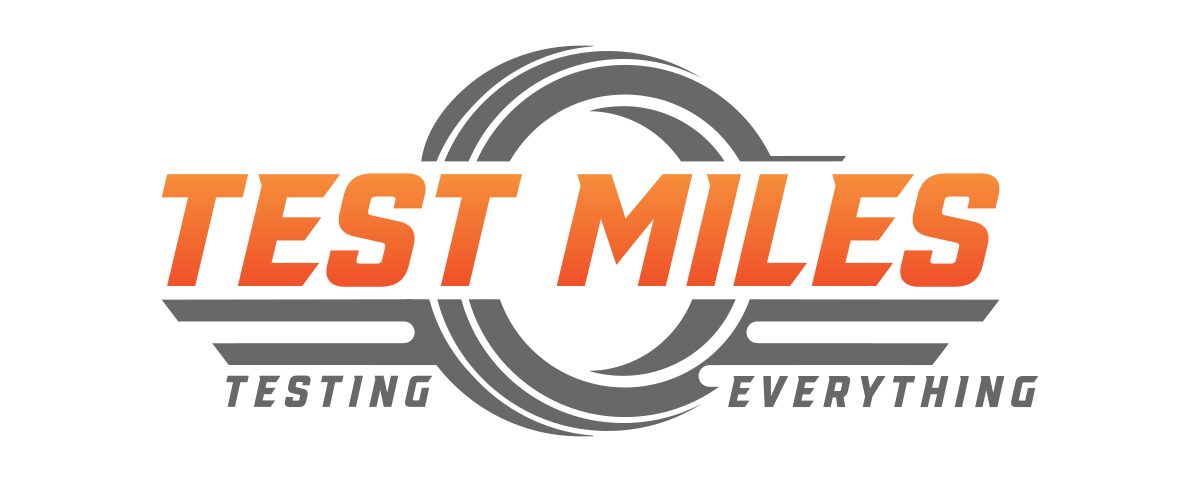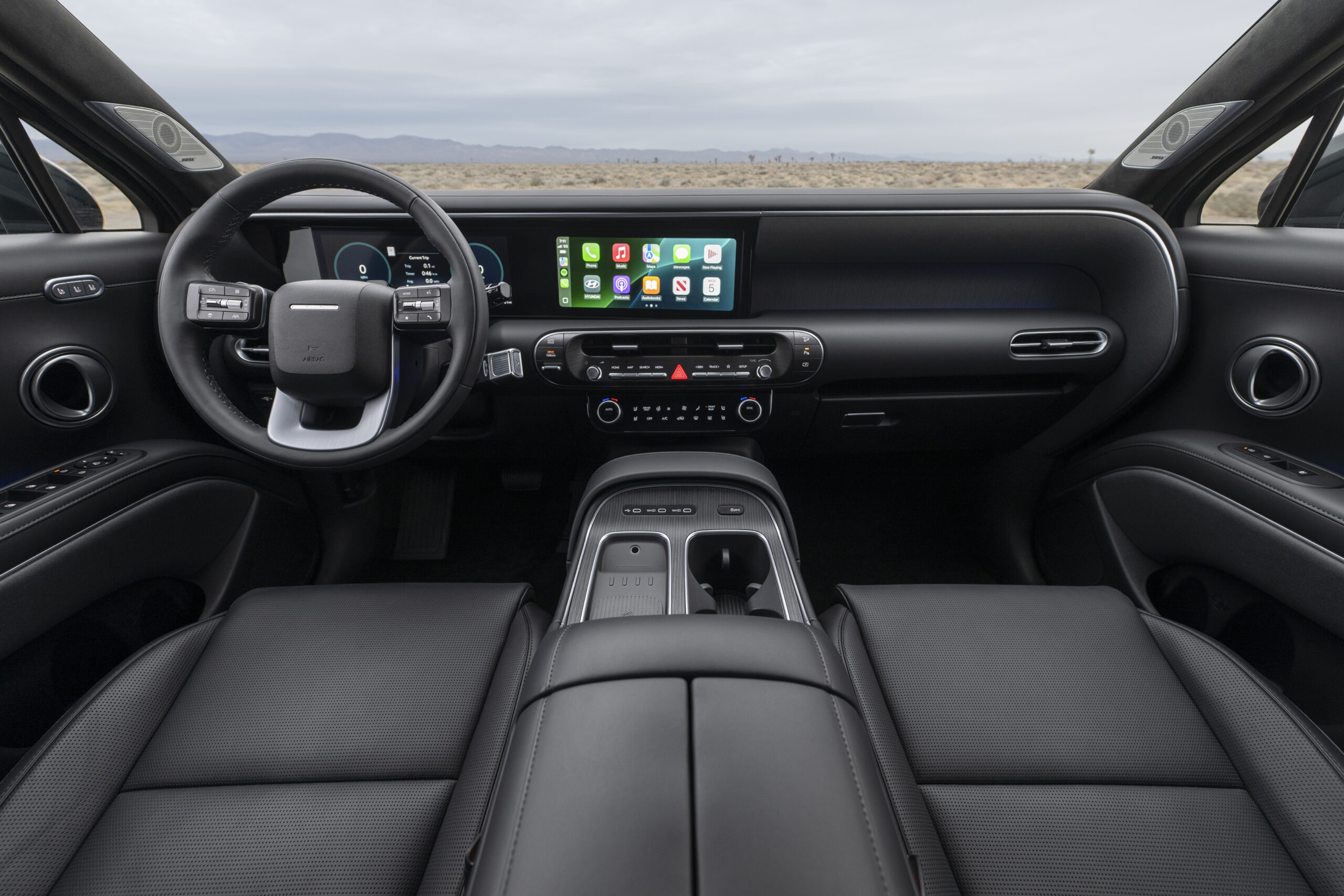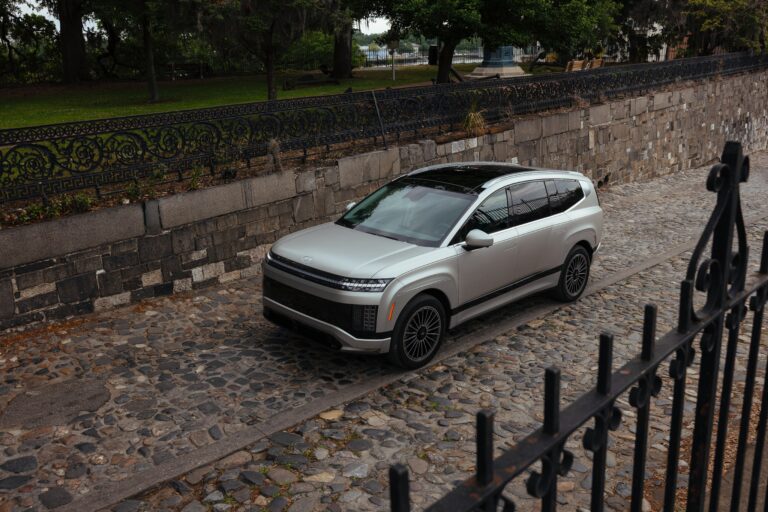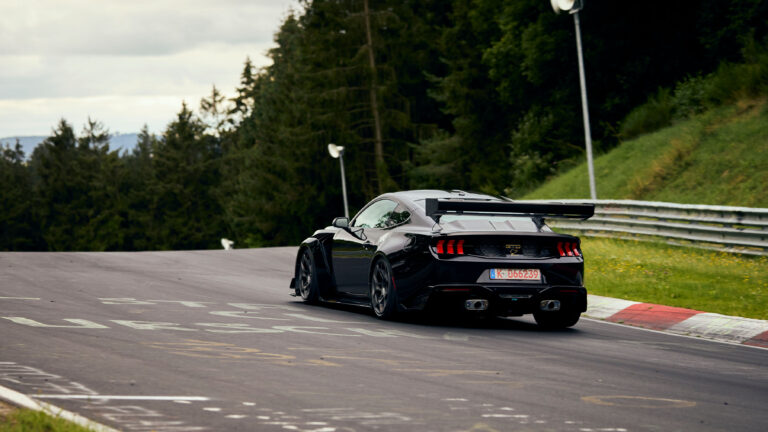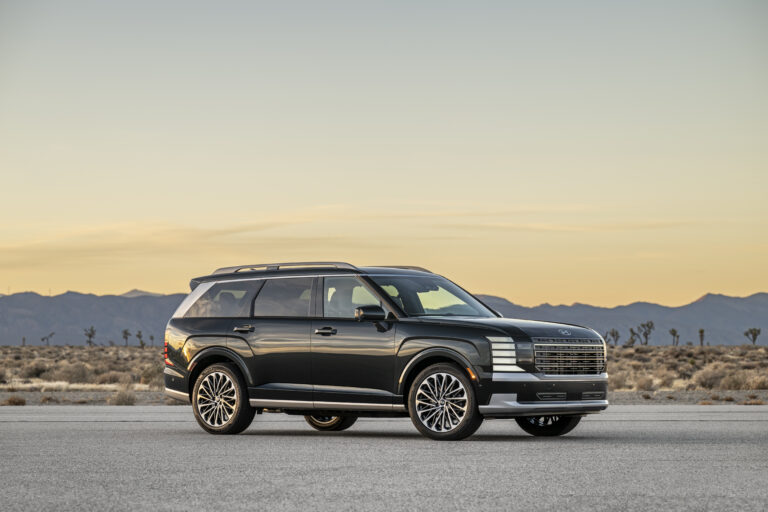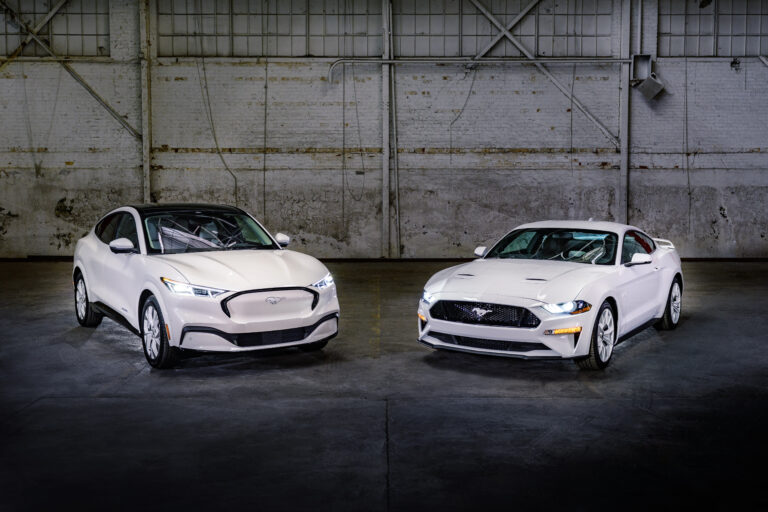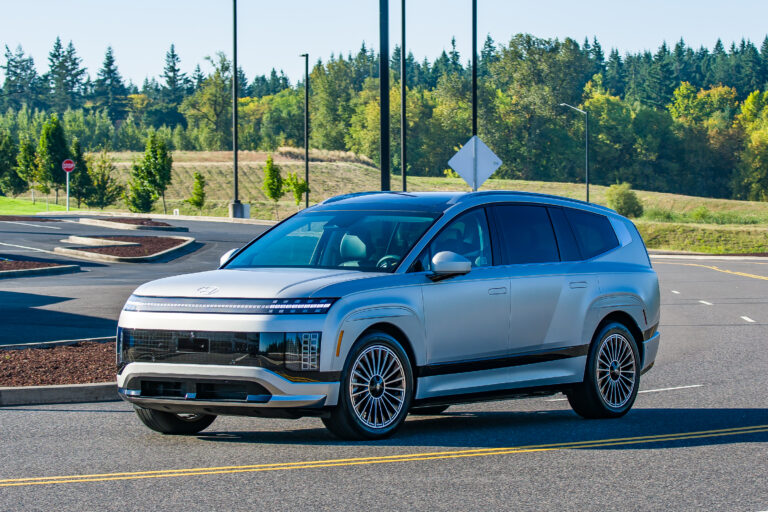2026 Hyundai Palisade Adds Google Maps to Beat GM and Ford
2026 Hyundai Palisade debuts dual 12.3-inch displays and Google Maps integration, outshining GM and Ford’s native systems..
Hyundai’s smarter infotainment upgrade goes head-to-head with tech giants in the SUV space
As automakers battle for dashboard dominance, Hyundai’s 2026 Palisade offers a refreshingly practical twist: Google Maps and Places integration, intuitive displays, and real-time updates without subscriptions or system lock-ins. It’s the infotainment arms race now with actual usability.

Why does this car matter right now?
Infotainment has become a deal-breaker in new car shopping. With the 2026 Palisade, Hyundai sidesteps clunky proprietary systems and gives drivers what they already know Google Maps, native voice control, and real-time location data embedded directly into the dash. Dual 12.3-inch curved displays span the cockpit, offering crisp graphics, fast response, and seamless function across navigation, entertainment, and vehicle settings.
Unlike many systems still dependent on smartphone tethering, Hyundai’s new platform delivers Google Places data natively. That means searches for gas, food, or EV chargers are fast, live, and don’t rely on your phone’s signal or battery life. And with over-the-air (OTA) updates now standard, the infotainment system can evolve long after delivery.

How does it compare to rivals?
GM’s Ultifi platform is ambitious but restrictive. The company is phasing out Apple CarPlay and Android Auto, a move that’s left many consumers frustrated. GM promises a fully integrated experience powered by Google, but it comes with tradeoffs limited compatibility, potential fees, and feature delays.
Ford’s SYNC system walks the line by retaining phone mirroring alongside its native layout. However, Ford’s interface is still slower and less intuitive than Hyundai’s latest implementation. The split-screen layout in some models feels dated compared to Palisade’s clean, curved glass display and real-time map refresh rates.
The Palisade’s Google-powered voice search works exactly like it does on your smartphone meaning fewer missed commands, no robotic misunderstandings, and actual usefulness when your hands are on the wheel. Hyundai also avoids the current subscription creep plaguing rival automakers by offering many features standard, including navigation, climate control access, and camera functionality.

Who is this for, and who should skip it?
If you’ve ever yelled at your car’s touchscreen, this one’s for you. Families, commuters, and road-trippers will appreciate the Palisade’s logical layout, physical climate controls, and lack of menu-diving. Google Places brings real-time data about hours, reviews, and services ideal for drivers navigating unfamiliar areas or managing chaos in the third row.
The Palisade also makes a strong case for tech minimalists. There’s no need to sync five apps or accept five terms of service just to start a podcast. It works out of the box, feels familiar, and doesn’t require a master’s in computer science to understand.

What’s the long-term significance?
Hyundai’s decision to lean into Google Maps marks a turning point in the software-defined vehicle race. Instead of developing an entirely new interface or locking users into proprietary ecosystems, Hyundai recognized that familiarity builds trust. And trust, especially in a digital dashboard, is hard-earned.
The Palisade becomes the first Hyundai to offer this level of native integration, but it won’t be the last. The same system is slated for rollout across Hyundai, Kia, and Genesis in coming models. That scalability means Hyundai could leapfrog competitors in delivering user-friendly tech to the masses not just premium buyers.
As OTA updates become the norm, this platform also gives Hyundai room to grow. Features like lane-level guidance, driver behavior learning, and expanded EV planning tools are all within reach. And by keeping essential controls tactile and accessible, Hyundai avoids the common trap of over-digitization.
In the end, the 2026 Palisade doesn’t just introduce a better screen it introduces a better philosophy. One where tech serves the driver, not the other way around.
Like what you’ve read? Stay in the driver’s seat with more insider automotive insights. Follow @NikJMiles and @TestMiles for stories that go beyond the press release.
